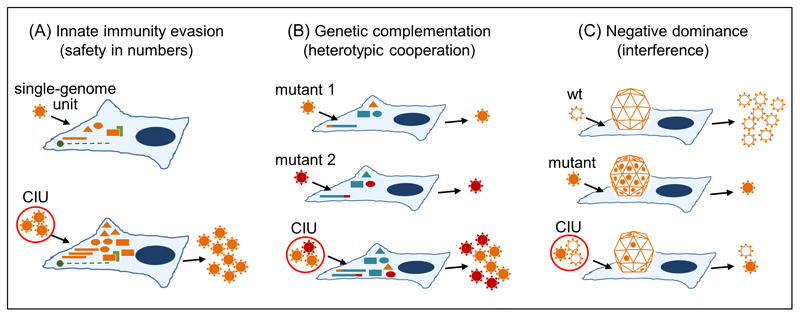Fig. 2. Possible social-like interactions mediated by collective infectious units in viruses.
(A) Co-infection of cells with multiple viral genomes may increase their ability to evade innate immunity responses. Upon viral entry, pathogen-associated molecular patterns (proteins, DNA/RNA, etc.) are sensed by the cell and trigger an antiviral state controlled by immunity effectors. By increasing the cellular MOI, the virus may overwhelm these responses and more successfully complete the infection cycle. Orange bars: genome copies; orange triangles, ellipses and rectangles: viral products; green: cellular responses to infection. CIU: collective infectious unit. (B) Different genetic variants of a virus may complement each other when present in the same cell. Two deleterious mutants (orange and red) mapping to different viral genes are represented. Normal viral genes and proteins are represented in blue. Whereas genetic complementation requires that different loci are involved, other forms of heterotypic cooperation can be envisaged that could involve the same locus, including synergistic interactions between beneficial mutations, or division of labor. For instance, in multifunctional proteins, co-infecting variants may specialize in subsets of these functions. (C) Negative dominance as an example of interference, a non-cooperative virus-virus interaction. Negative dominance is particularly likely in oligomeric structures (here, a capsid). By forming mixed oligomers, a deleterious variant (orange filled) interferes with the wild-type variant (wt, white filled). Other forms of non-cooperative interactions have been described, as exemplified by DIPs, which act as social cheats.

